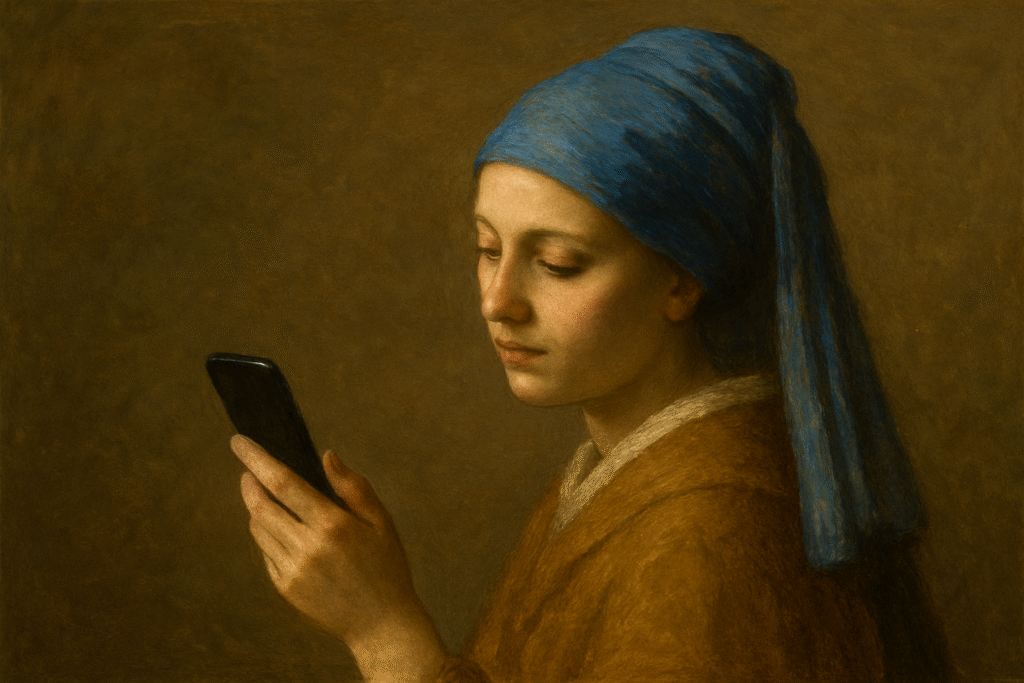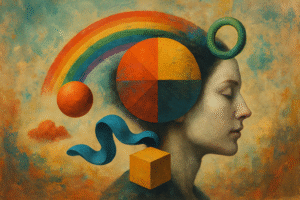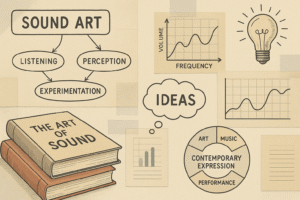
A New Audience for Old Canvases
The faces of Rembrandt, Caravaggio, and Botticelli were painted centuries ago to command reverence, yet today they find themselves circulating in an entirely different arena: TikTok feeds, Instagram memes, and viral remixes. At first glance, the pairing of solemn masterpieces with internet humor might feel irreverent. But beneath the playful captions and looping edits lies something more profound: a renewed intimacy between younger generations and works once considered distant relics of the museum.
Memes as Modern Allegories
A meme may seem lighthearted, but in many ways it functions like the allegories embedded in Renaissance paintings. Artists of the past used myth and symbolism to comment on their societies, and Gen Z does the same through digital shorthand. When a Baroque saint becomes the face of a “Monday mood,” or a Renaissance Venus is repurposed to poke fun at contemporary beauty standards, the humor is more than entertainment—it’s translation. These reinterpretations make centuries-old images suddenly legible in the language of today.
Museums Enter the Conversation
Museums, once seen as hushed sanctuaries, are beginning to recognize the power of this cultural remix. Institutions from the Louvre to regional galleries have experimented with TikTok challenges, meme contests, and AR filters that place visitors inside paintings. Far from trivializing their collections, these projects invite audiences to play, to laugh, and, most importantly, to look. A painting glimpsed on a feed may be the spark that leads someone to encounter it in person, transforming a fleeting joke into a moment of genuine aesthetic discovery.
Bridging Distance with Technology
Digital reinterpretations also serve another purpose: collapsing the distance between the “Old Masters” and a generation that grew up native to screens. Technology reframes not only how we see art but how we enter into dialogue with it. A young person might feel disconnected from the gilded frames of an 18th-century portrait, but when that portrait nods, winks, or lip-syncs to trending audio, it suddenly becomes approachable. Humor becomes a key that unlocks curiosity, encouraging deeper engagement beyond the scroll.
Humor Without Sacrifice
Crucially, this reframing does not necessarily diminish the gravitas of historical art. Instead, it adds another layer to its life. Old Masters have always been subject to reinterpretation—whether through academic scholarship, artistic homage, or political critique. The digital remix is simply the latest chapter in that ongoing conversation. By welcoming these playful interactions, we acknowledge that art is not static. It survives not by being preserved in glass cases alone, but by continuing to breathe in the imagination of each new generation.
A Living Legacy
What Gen Z brings to the table is not just novelty, but vitality. They are demonstrating that reverence for the past can coexist with irreverence, that history can be both serious and fun. If Caravaggio could paint his saints with the rawness of street life, why shouldn’t his works also live in the spontaneous energy of memes? The Old Masters do not lose their dignity in the process—they gain new voices, new contexts, and new audiences. In this way, digital play ensures that classical art remains not a fossil of the past, but a living legacy, reframed again and again for the present.




